Introduction of Blue Mountain Coffee Bean Variety introduction of Blue Mountain Coffee Bean
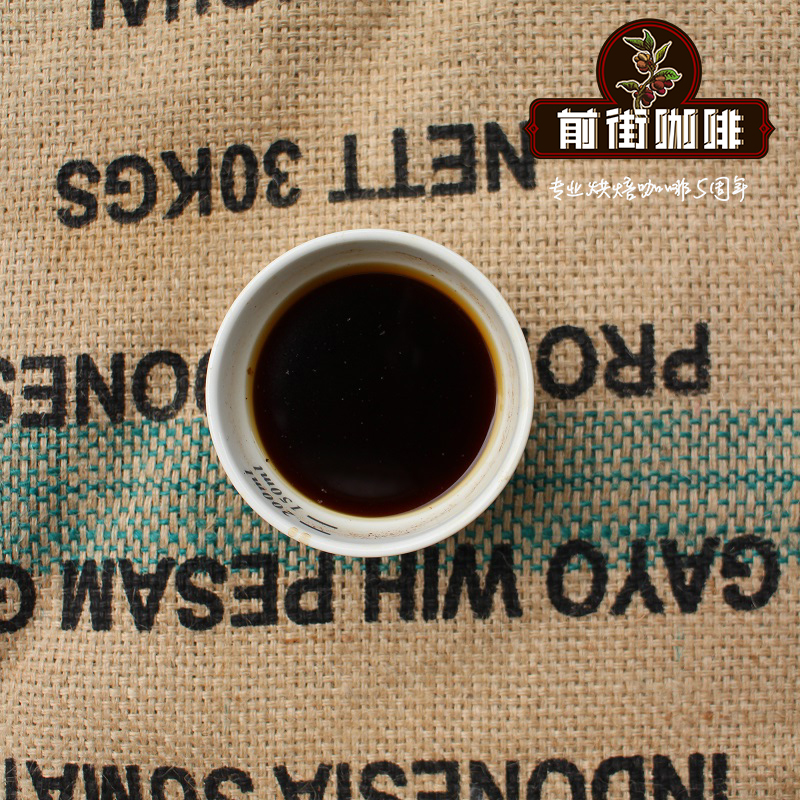
Professional coffee knowledge exchange more coffee bean information please follow the coffee workshop (Wechat official account cafe_style)
Introduction of Blue Mountain Coffee Bean producing area
Jamaica, the origin of Blue Mountain Coffee, gets its name from the Blue Mountains surrounded by the Caribbean Sea.
Sour, sweet, bitter taste are very harmonious and have excellent flavor and aroma, suitable for individual coffee, suitable for moderate roasting.
The Blue Mountains are located in the eastern part of the island of Jamaica, hence its name because it is surrounded by the Caribbean Sea. On clear days, the sun shines directly on the blue sea, and the peaks reflect the bright blue light of the sea. The highest peak of the Blue Mountains, which is 2256 meters above sea level, is the highest peak in the Caribbean and a famous tourist attraction. Located in the coffee belt, with fertile volcanic soil, fresh air, no pollution, humid climate, foggy and rainy all the year round (the average precipitation is 1980 mm, the temperature is around 27 degrees), this climate has created the world-famous Jamaican Blue Mountain Coffee and the highest price coffee in the world. This kind of coffee has the characteristics of all good coffee, not only full-bodied and mellow, but also because of the perfect combination of sweet, sour and bitter coffee, it has no bitter taste at all, only a moderate and perfect sour taste. It is generally drunk on a single product, but because the output is very small and the price is extremely expensive, it is generally made with coffee with a similar taste on the market.
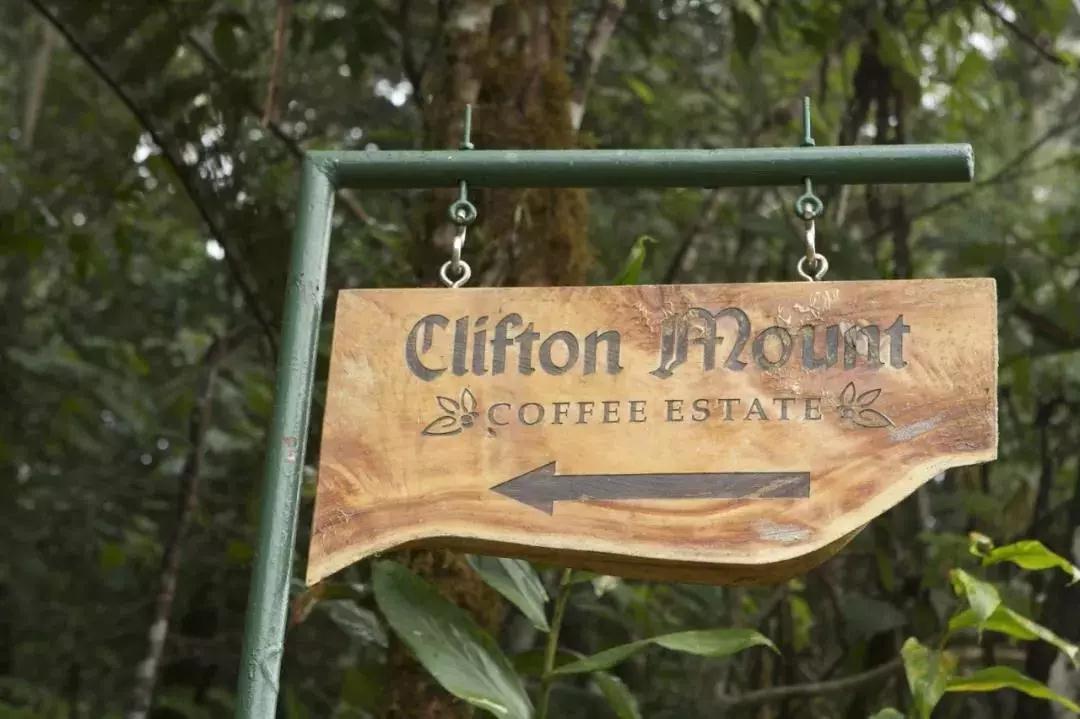
The "secret" of why Blue Mountain coffee tastes pure: their coffee trees are all on rugged hillsides, and the picking process is so difficult that non-local skilled women are simply unable to do it. It is very important to choose the right ripe coffee beans when picking. Immaturity or ripeness will affect the quality of the coffee. The picked coffee beans are shelled on the same day, and then let them ferment for 18 hours. After that, the coffee beans were cleaned and screened. The subsequent process is to dry, which must be carried out on the cement floor or on a thick blanket until the humidity of the coffee beans drops to 12% 14%. And then store it in a special warehouse. Take it out and roast when needed, then grind it into powder. These procedures must be strictly mastered, otherwise, the quality of coffee will be affected.
History of Blue Mountain Coffee
Blue Mountain Coffee beans
In 1717 King Louis XV of France ordered the cultivation of coffee in Jamaica, and in the mid-1920s, Nicholas, Governor of Jamaica. NicholasLawes imported Arabica seeds from Martinique and began to plant them in St. Andrews (St.Andrew). To this day, St. Andrews is still one of the three major producers of Jamaican Blue Mountain Coffee, with the other two producing areas: Portland (Portland) and St. Thomas (St.Thomas).
In eight years, Jamaica exported more than 375 tons of pure coffee.
In 1932, coffee production reached its peak and more than 15000 tons of coffee was harvested.
In 1950, the Government of Jamaica established the Jamaica Coffee Industry Committee (theJamaicaCoffeeIndustryBoard), which sets quality standards for Jamaican coffee and oversees the implementation of quality standards to ensure the quality of Jamaican coffee. The Commission awarded special official seals to raw and roasted coffee exported from Jamaica, which is the highest-level national coffee institution in the world. At present, there are six kinds of marks that can represent the origin of Blue Mountain Coffee, such as Mafis River Embankment Central Factory (MBCE), Blue Mountain Coffee Cooperative Factory (MHCCT), Portland Blue Mountain Coffee Cooperative Factory (PXXSH), Coffee Industry Association (Warren Ford), Coffee Industry Association (St. John's Peak) and Lanli (JAS).
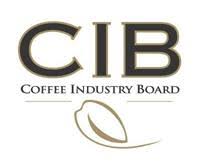
By 1969, the situation had improved because the use of Japanese loans had improved the quality of production, thus ensuring the market. By now, this kind of coffee has reached the point of being feverishly loved.
By 1981, about 1500 hectares of land in Jamaica had been reclaimed for coffee cultivation, followed by investment in another 6000 hectares of coffee land. In fact, today's Blue Mountain area is a small area with a planting area of only 6000 hectares, and it is impossible to grow all the coffee marked "Blue Mountain" there.
Another 12000 hectares are used to grow two other types of coffee: Alpine Top Coffee and Jamaican Superior Coffee.
Geography
Blue mountain high-quality coffee beans
Blue Mountain Coffee is the most superior coffee in the world, and the weather, geological structure and topography of Jamaica provide an ideal place. The ridge through Jamaica extends to the east of the island, and the Blue Mountains are more than 2100 meters high. Cool weather, foggy, frequent precipitation, use this rich soil Rain Water to reconcile.
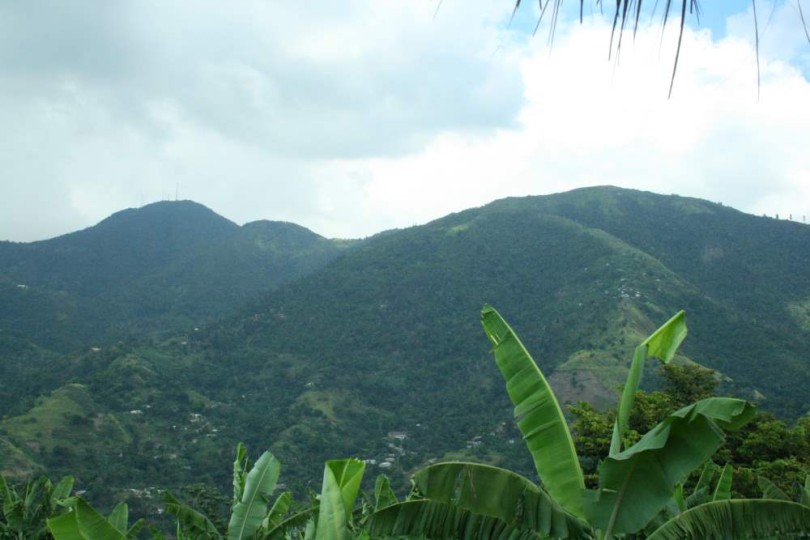
Here, coffee trees are grown in a mixed cropping system, alongside banana and avocado trees on terraces. Some small farms are also planted. But even the region's largest planters are small-scale farmers by international standards, many of them smallholders whose families have been working for two centuries. The coffee industry in Jamaica faces a number of problems, such as the impact of hurricanes, increased labour costs and difficulties in mechanising terraces. Many small estates and farms are difficult to rationalize.
Since Japan has always invested in Jamaica coffee industry, most of the Blue Mountain coffee is now controlled by the Japanese, and they have also obtained the right of first refusal to buy Blue Mountain coffee.
In 1992, Jamaica sold 688 tons of Blue Mountain coffee to Japan, 75 tons to the United States and 59 tons to Britain. 90% of Blue Mountain coffee is now purchased by Japanese. Since the rest of the world now gets only 10% of Blue Mountain coffee, Blue Mountain coffee is always in short supply regardless of price.
classification
Jamaica Blue Mountain coffee comes in three grades: Blue Mountain Coffee, Jamaica High Mountain Supreme Coffee Beans and Jamaica Prime Coffee Beans.
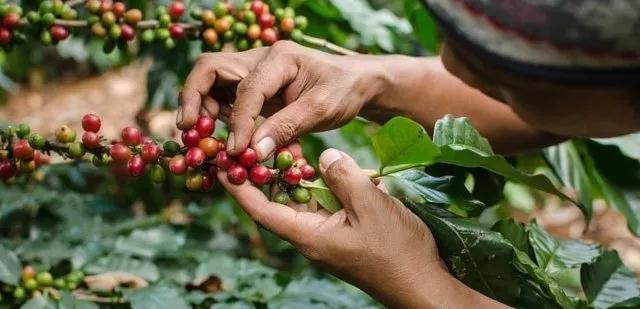
Among them, Blue Mountain Coffee and Alpine Coffee are each divided into two grades. In terms of quality, the order from top to bottom is: blue Mountain 1, Blue Mountain 2, Gaoshan 1, Gaoshan 2, Jamaican Coffee.
Coffee grown between 457m and 1524 m above sea level is usually called Blue Mountain Coffee. Coffee grown between 274m and 457m above sea level is often called JamaicaPrimeCoffeeBeans, and the price of blue mountain coffee is several times higher than that of alpine coffee. It is mainly distributed in 5 peaks such as JohnCrow,St.John'sPeak,Mossman'sPeak,HighPeak,BlueMountianPeak.
Characteristics of Blue Mountain Coffee
The real Blue Mountain Coffee is made from the best local raw coffee beans, which is the official pleasure of tasters. Its flavor is rich, balanced, fruity and sour, and can meet people's various needs. In addition, the high-quality fresh Blue Mountain coffee has a long-lasting flavor, as drinkers say, with a lingering aftertaste. The best blue mountain coffee beans are NO.1peaberry, also known as pearl beans, which are carefully selected small round beans and boutique products at an altitude of 2100 meters. Flavor: the aroma is very full-bodied, with persistent fruit flavors.
Granule: fuller suggested roasting method: the caffeine content of moderately roasted Blue Mountain coffee is very low, less than half of other coffee, in line with modern people's concept of health. The same coffee tree species, whether planted in Hawaii, Kenya, Papua New Guinea or anywhere else with a similar climate, cannot produce the flavor of blue mountain coffee beans.
Pure Jamaican Blue Mountain Coffee perfectly combines the unique sour, bitter, sweet, mellow and other flavors of coffee to form a strong and attractive elegant flavor, which is unmatched by other coffee.
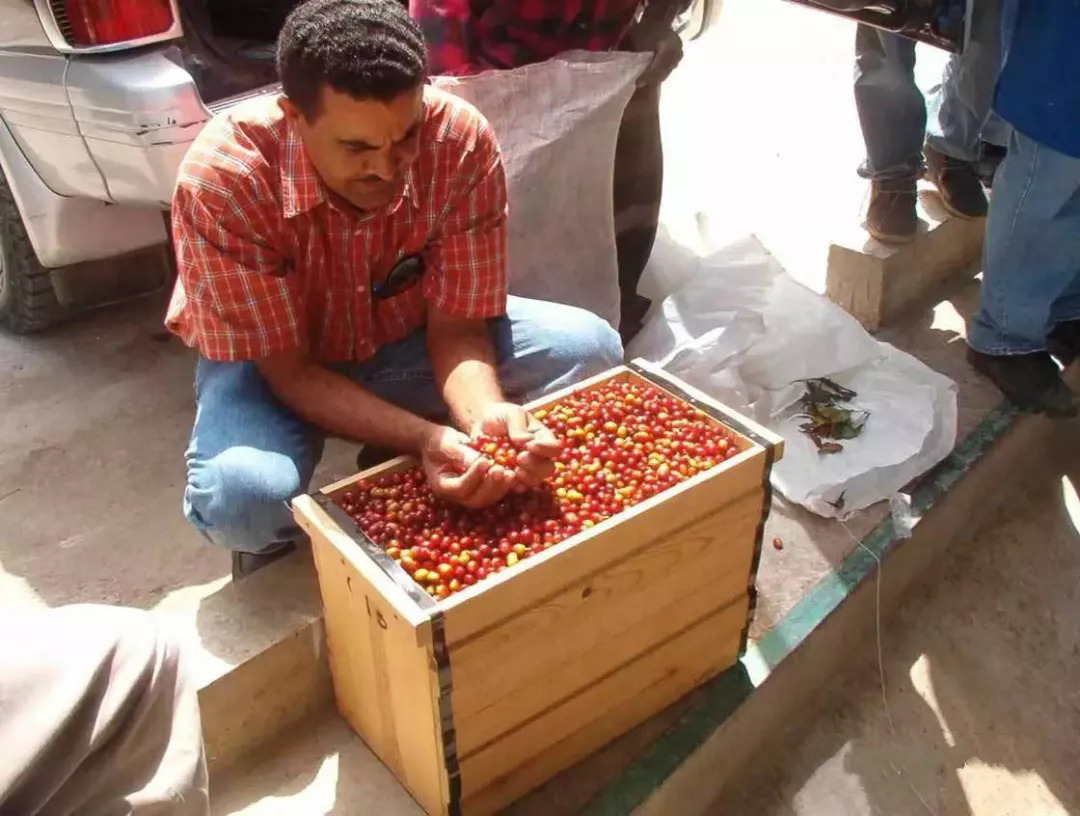
People who love Blue Mountain Coffee say: "it combines all the advantages of good coffee & # 39; Coffee Beauty & # 39;" Jim, general manager of Pitt, which is famous for its coffee and tea business in the United States, said of Blue Mountain Coffee: "it tastes fragrant, smooth and mellow, and it makes me feel as precious as a gem. It is precisely because the taste of Blue Mountain coffee is moderate and perfect, so Blue Mountain coffee is generally drunk in the form of black coffee. " Its liquid is golden in the sun and tastes smooth. According to the coffee book, Blue Mountain is the only bitter and sour coffee in the world that people can enjoy. Just drink it.
Picking and selling of Blue Mountain Coffee
Jamaican Blue Mountain Coffee is harvested every year from June to November, usually by hand. After picking, it goes through the processes of washing, peeling, fermentation, dehydration, sun drying, shelling, and baking before you can get a ripe blue mountain coffee bean. In the process of raw bean processing, there are special personnel responsible for quality supervision in each step.
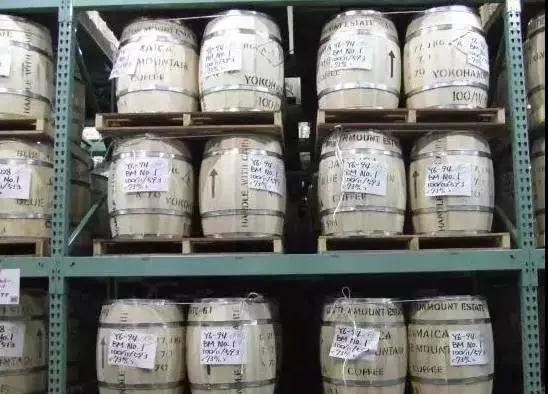
For the very precious Blue Mountain coffee, the packaging and transportation methods adopted by the Jamaica government are also different. Blue Mountain coffee is not packed and transported in bags like other coffees, but in barrels with a standard of 70 kg/barrel.
Jamaica was also the last country to still ship coffee in traditional barrels. Jamaica Blue Mountain Coffee beans must obtain a Certificate of Quality from the Jamaica Coffee Industry Council, which is the only body in Jamaica authorized to issue such certificates. And each batch of exports will have a dedicated quality supervision expert responsible for sampling, roasting, grinding and brewing into coffee, and finally make a judgment on whether it meets the standard. Blue Mountain Coffee has a relatively fixed consumer base because of its high price. Its sales are mainly concentrated in Japan, followed by some European and American countries. Coffee beans are plump in shape and slightly larger than ordinary beans. It tastes very subtle, sour, fragrant, mellow, sweet and intense, slightly bitter, taste harmonious, excellent flavor, suitable for single-serve coffee. It uses Medium Roast to maximize the flavor and enhance the aftertaste. With the good coffee consumption market in China, a large number of cafes began to serve "Blue Mountain Coffee", and its price is often only a fraction or a dozen of the authentic Blue Mountain Coffee.
In 2005, under the guidance of Taiwanese coffee merchants, a large number of Chinese media began to pay attention to and report on the authenticity of Blue Mountain Coffee. So far, authentic Blue Mountain coffee has remained out of reach for most consumers in China due to its price and availability in the mainland market. Blue Mountain Coffee can maintain today's premium status, and local business policies are inseparable. In 1932, Jamaica reduced the island's dependence on sugar exports by encouraging coffee production. The local government did not grow a large number of high-quality coffee in order to increase production value, as most coffee-producing countries did. Instead, it preferred quality to be superior, preferring to sacrifice production and ensure quality. Therefore, Jamaica is one of the countries in the world that produces less coffee. Brazil, the world's largest coffee exporter, produces 30 million bags of coffee a year, while Blue Mountain produces only about 40,000 bags a year. At present, there is rarely a single true Blue Mountain coffee bean in the market "Blue Mountain" coffee. There is a "Jamaica Blue Mountain Blend" coffee that is a blend of 30 percent Blue Mountain coffee and 70 percent of the finest Jamaica alpine coffee. Both of these coffees attempt to mimic Blue Mountain coffee, but fail to achieve perfection.
Blue Mountain coffee in the United States by "cold reception," and American habits.
Since the 1970s, flavored coffee has gradually become a favorite. It is to add spices to coffee beans, or to add coffee partners to brewed coffee, flavoring coffee up to hundreds of kinds. Flavoured coffee is mostly made from cheaper coffee beans. Maxwell's costs $3 a pound, while Blue Mountain coffee typically costs $80.
What makes Blue Mountain Coffee special
The real Blue Mountain Coffee is one of the world's best grown coffees, and Jamaica's weather, geology and terrain combine to provide the ideal location. Designated Jamaica Blue Mountain Coffee can only be grown in the Blue Mountains region, in Kingston, Jamaica in the eastern north of the island. Coffee is grown on hills up to 1800 meters (almost 6000 feet) high, which is quite high for Arabica, and the hills are very uneven, making the harvesting process very difficult (coffee is harvested almost exclusively by women).
The trees are mainly small grain species "Geisha High Bred" type. Seeds from these trees have been exported to other countries like Hawaii, Kenya, Papua New Guinea and elsewhere, but there too they have the ability to recreate the flavor of Blue Mountain coffee beans.
In the steep and high altitude mountains, carefully cultivated and harvested, all Jamaica Blue Mountain coffee is ground, tasted and distributed by the Jamaica Industry Association. The coffee in the cup tastes very clean, and it is one of the sweetest coffees in the world. This flavor has been described by Jim Reynolds in Peet Coffee and Tea: "The best example of Jamaica Blue Mountain coffee is its aromatic, smooth, dense, and gem-like quality that gives me the feeling. It's precious like a jewel. It's complex, but it's very mild, it's sweet, it's very alcoholic. You must taste it in order to know what I am talking about." The unique growing conditions and care taken in all production processes make Jamaica Blue Mountain Coffee famous.
Jamaica is one of the world's smaller coffee producers, harvesting around 40000 - 60 kg bags per year (Jamaica Blue Mountain coffee is actually shipped in 70kg barrels, they are the last countries to still use this traditional packaging method, but their production is 60kg/bag, because that is the international standard for coffee production measurement). Compare Brazil, the world's largest coffee exporter, with annual production at 3000000 bags-60 kg/sack.
The Japanese invest heavily in Jamaica's Blue Mountain coffee growing regions and take a 90 percent share of production each year. The rest of the world must bid for the remaining 10 percent, or 3500 barrels. Real Blue Mountain coffee has a unique flavor that makes it the most expensive coffee in the world. It is in extremely high demand, so there is some shortage in the market.
Unique growth conditions, bred the unique flavor of Blue Mountain coffee, but also among the "best coffee" list. Global 100% pure Blue Mountain coffee refers to the specific range produced in the Blue Mountains in eastern Jamaica. Every step of its cultivation period and processing process has passed the strict quality control standards of the Jamaica Coffee Industry Bureau before it can be certified as "pure Jamaica Blue Mountain coffee."
The abundant rainfall, annual fog and low temperature of about 20℃, fertile new volcanic soil and other special conditions in the Blue Mountain constitute a good growth environment for Blue Mountain Coffee. Located at altitudes of 2500 to 5000 feet, it has a distinctive slightly sour taste without any irritation or discomfort. Seedlings are cultivated in nurseries for about 2 years, organic fertilizers are used during their growth, and they are harvested manually one by one. All processing, roasting and packaging must meet the high standards set by the Jamaica Coffee Industry Board.
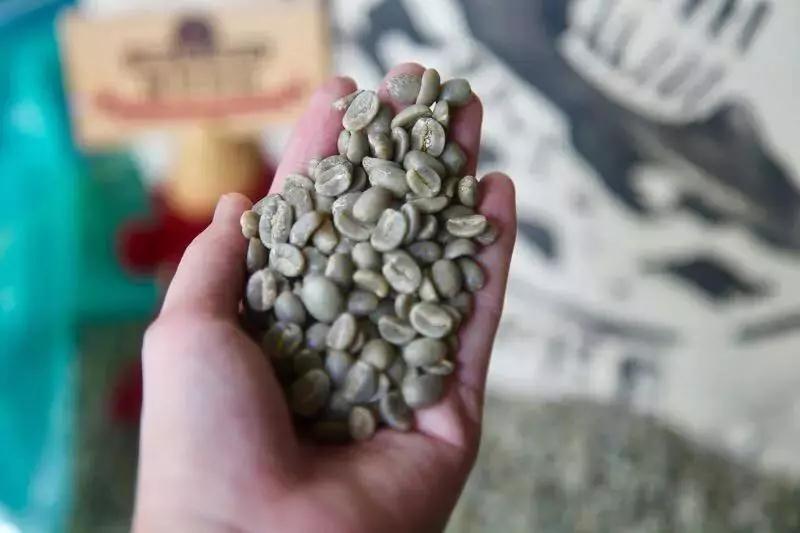
Typica with low quantity and good quality is the best variety of Arabica. Most coffee-producing countries are only willing to grow other varieties with high yield but poor quality, but Jamaica gives priority to quality, preferring to sacrifice the output of Blue Mountain coffee in exchange for the best quality of Blue Mountain coffee.
100% pure Jamaican Blue Mountain Coffee has a strong and attractive elegance, but it is unmatched by other coffees. after grinding, brewing and tasting, it is hard to give full play to its flavor, and it is difficult not to get drunk. Its caffeine content is very low, only about half of other varieties of coffee, in line with modern health requirements.
How to bake Blue Mountain Coffee?
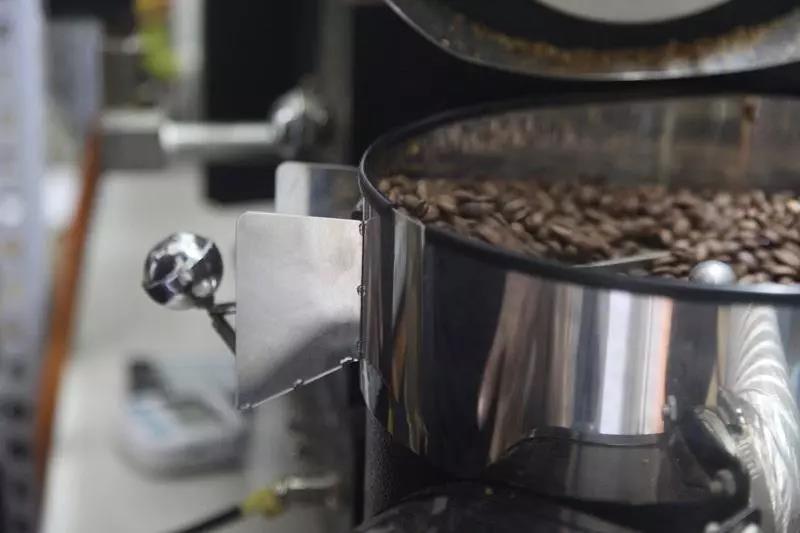
To put it simply, the Blue Mountain is baked "thoroughly" from the inside to the outside, and on the basis of baking, a better baking technique is used to show the flavor of this bean.

Caramelization is a link that has the greatest impact on the flavor of coffee. After six to seven minutes of baking, raw beans absorb a lot of heat and start the pyrolysis reaction, resulting in the first explosive sound. Some sugars are converted into carbon dioxide, and water continues to evaporate. New aromatic components gradually develop into the so-called coffee oil. And combine with hundreds of aromatic substances such as nicotinic acid, citric acid, quinic acid, malic acid, acetic acid, caffeine and so on.
Baking curve: furnace temperature to 170 degrees Celsius, throttle set for 1 minute, firepower 140 degrees, throttle unchanged, baking to 5 degrees Celsius 39 degrees 10 ", temperature 153 degrees, bean surface turns yellow, grass smell disappears completely, dehydration is completed, firepower is adjusted to 115 degrees, throttle changes 4".
In the 8th & # 39th minute, ugly wrinkles and black markings appear on the bean surface, and the smell of toast obviously changes to the smell of coffee, which can be defined as a prelude to explosion. at this time, listen clearly to the sound of an explosion point, and start to explode at 8 degrees 39 ". Adjust the firepower to 90 degrees, the throttle is fully open (adjust the firepower to be very careful, not to be so small as to be free of bursting sound), and put the pot at 201.3 degrees.
How to brew Blue Mountain Coffee
Daily filter cup selection: V60 filter cup, kalita fan and KON0 can be used.
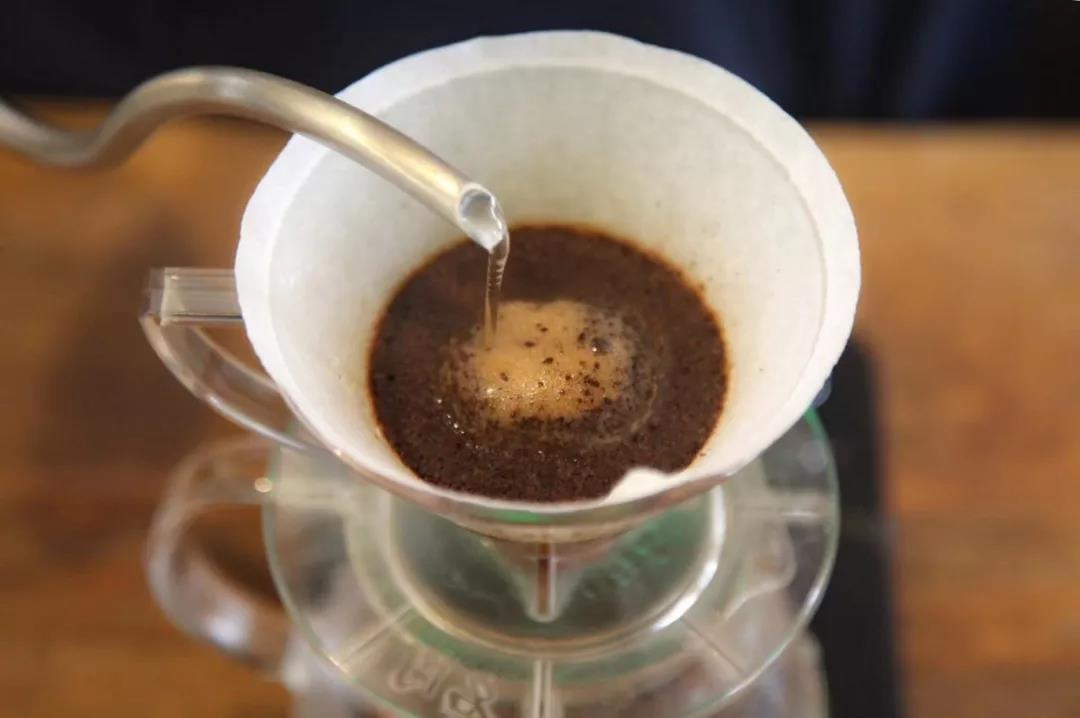
Take the KONO filter cup as an example:
Parameters: 15g powder, water temperature 84-86 ℃, BG grinding 6M (Chinese standard 20 sieve, pass rate 47%), namely small Fuji grinding 4, water powder ratio close to 1:14, total time about 1:50
Method: 25- 30g water steams, steams for 30s, slowly injects water to about 120g, and when the water level drops, it will be exposed to the powder bed and begins to inject water to 210g.
Other extraction suggestions:
Normal pressure: 3.5-4 degree of abrasiveness/water temperature 86 degrees
Siphon: 4 degrees of grinding, water temperature: 89 degrees
Aile pressure, 2.5 degrees of abrasiveness, water temperature 86 degrees
Tips:
Blue Mountain baking degree is relatively deep, if the water temperature is too high, it will be easy to taste astringent, and will have a very obvious smoky taste.
Qianjie Coffee: Guangzhou's baking shop, small store but a variety of beans, can find a variety of famous beans, but also provide online store services. https://shop104210103.taobao.com
Important Notice :
前街咖啡 FrontStreet Coffee has moved to new addredd:
FrontStreet Coffee Address: 315,Donghua East Road,GuangZhou
Tel:020 38364473
- Prev

What are the varieties of coffee beans the flavor differences of coffee beans in different producing areas comparison of taste and flavor characteristics between Mantenin and Lanshan coffee beans
Professional coffee knowledge exchange more coffee bean information please follow the coffee workshop (Wechat official account cafe_style) the International Coffee Organization (InternationalCoffeeOrganization) has announced the world's top 10 coffee bean origin countries, some even countries
- Next
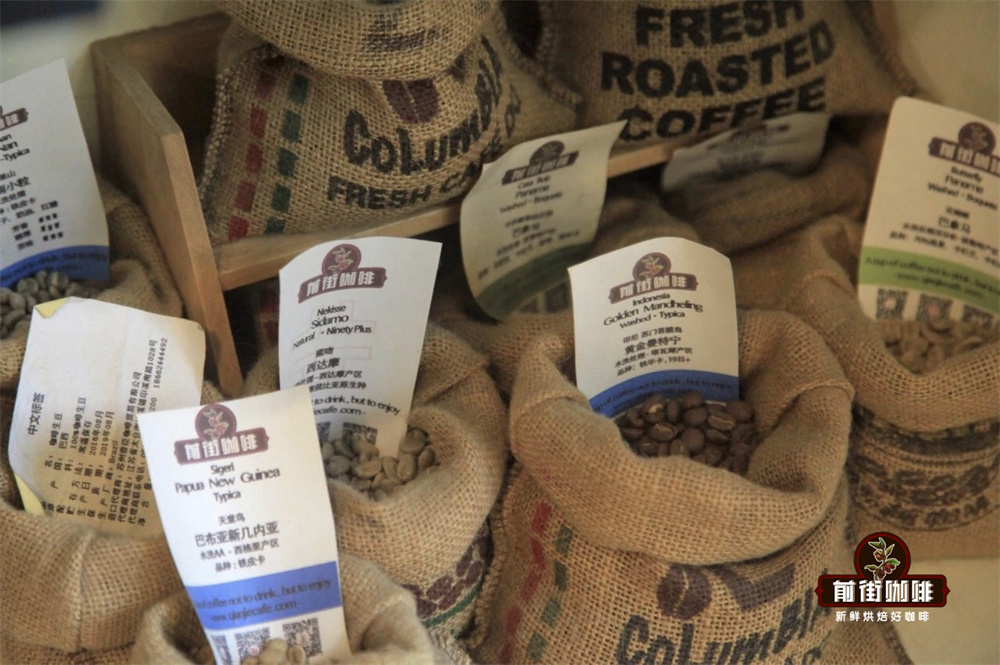
Differences in Taste and shape of Arabica Coffee Bean varieties
Professional coffee knowledge exchange more coffee bean information please follow the coffee workshop (Wechat official account cafe_style) there are three kinds of coffee beans in the world there are only two kinds of coffee beans that are really commercially valuable and have been planted in large quantities. One is the Elaraby species (ARABICA), and the other is the Robasta species (KOBUSTA). Different varieties of coffee beans have different flavors.
Related
- Guji coffee producing area of Guji, Ethiopia: Humbela, Shakiso, Wulaga
- What is the most expensive variety of Qiloso in BOP multi-variety group?
- How to store the coffee beans bought home?
- Why are Yemeni coffee beans so rare now?
- Ethiopian Sidamo all Red Fruit Sun Sun Santa Vini Coffee beans
- SOE is mostly sour? What does it mean? Is it a single bean? what's the difference between it and Italian blending?
- Is Italian coffee beans suitable for making hand-brewed coffee?
- How to choose coffee beans when making cold coffee? What kind of coffee beans are suitable for making cold coffee?
- Just entered the pit to make coffee, what kind of coffee beans should be chosen?
- Can only Japan buy real Blue Mountain Coffee? What are authentic Jamaican Blue Mountain coffee beans?

